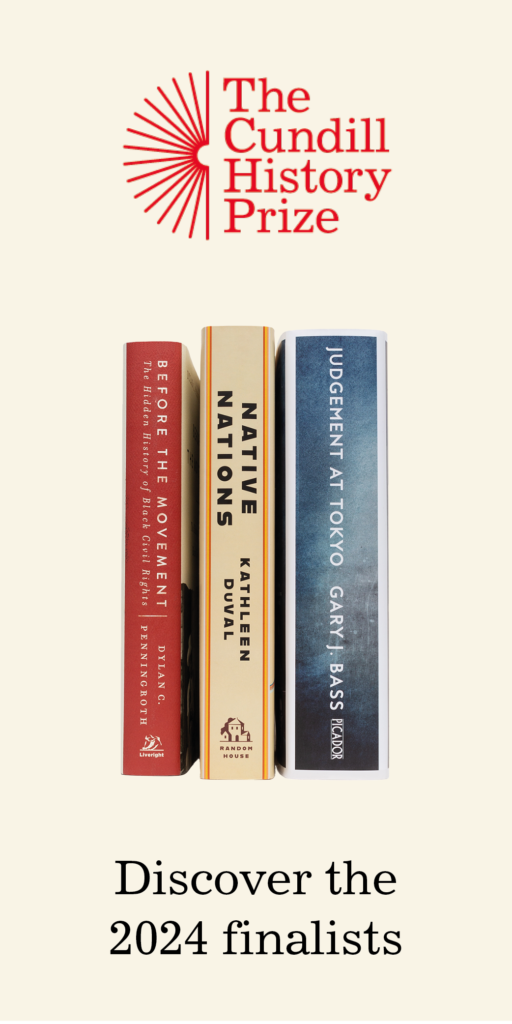Unhappy couples can be a biographer’s jackpot — especially if the partners are artists. Their driven personalities, spousal competition, indulged (if not encouraged) licentiousness, and de rigueur substance abuse fuel marriages that are awful to endure but fascinating to read about. Explosive unions have propelled memorable tales about Jackson Pollock and Lee Krasner, for example, as well as Frida Kahlo and Diego Rivera and Jasper Johns and Robert Rauschenberg.
Molly Lamb Bobak and Bruno Bobak’s turmoil is comparatively muted in Anything but a Still Life. Its author, Nathan M. Greenfield, includes a chapter titled “Who’s Afraid of Virginia Woolf on the Saint John River,” but Molly and Bruno are not compelling monsters like Edward Albee’s Martha and George, despite Bruno’s bad temper and drunkenness and Molly’s equally provocative “ebullient personality” and stoicism...
Kelvin Browne is writing a gay romance novel to pass his winter onshore in Nova Scotia.

